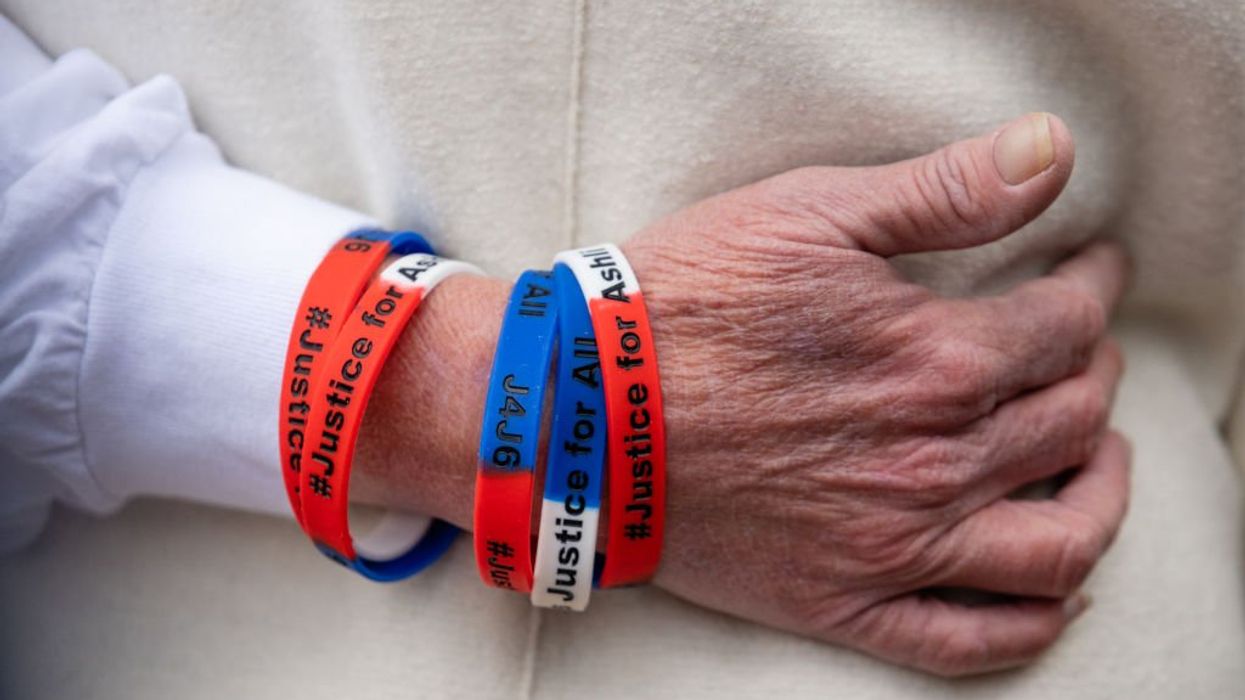
© 2024 Blaze Media LLC. All rights reserved.
If it’s September, it’s back to school in America – except in Chicago, where the ϋber-political mastermind Rahm Emanuel failed to prevent a showdown between the City’s school board and the teachers’ union. The Chicago Public School System has 144 schools and an enrollment of 404,151 students. That constitutes a large number of students eating lunch every day.
What does school lunch have to do with a teacher’s strike? Earlier this year, the use of lean finely textured beef (LFTB) in our ground beef caused an uproar, mainly generated by sloppy reporting by ABC News and the food police. It resulted in large scale media and consumer scrutiny which was misleading and factually inaccurate. LFTB was smeared as “pink slime” and elevated false food safety concerns primarily because of an antimicrobial used in its production. Self-appointed food elitists also sounded an alarm because some ground beef purchased for school lunch programs contains LFTB.
As a mother of two young, school-aged children, safety is always my first concern. Therefore, I scrutinized as many sources of information regarding
LFTB as I could find. Despite these alarms, I have not found anyone who has maintained that LFTB is unsafe to consume. In fact, LFTB has been used in ground beef for over 10 years and U.S. government agencies have repeatedly deemed it safe and nutritious.
Moreover, LFTB has been approved by the World Health Organization for use in food products other than beef; since LFTB is roughly 95 percent lean, it is often blended with cheaper hamburger to increase the cheap meat’s protein level.
But in mid-March of this year, USDA allowed each school district to decide whether to purchase meat blended with LFTB for its school lunch programs.
Here’s the problem. Thanks to the food police and the backlash from the LFTB furor, families have seen an increase in ground beef prices. And many school districts, including Chicago, have decided to purchase more expensive beef or higher fat beef not blended with LFTB. One has to wonder whether this is a smart move in a country facing rising childhood obesity and a bad economy.
Ground beef now accounts for over half of all beef consumed in the United States. For the 2010 school year, the U.S. Department of Agriculture National
School Lunch Program (NSLP) provided 109,226 pounds of ground beef to schools.
However, only 19 percent of all school food is provided through the NSLP, which means that 81 percent of the food in school lunches is acquired
commercially.
Based on this data, an estimated 436,000,000 pounds of additional ground beef comes from sources other than the NSLP. The result is that an estimated
574,873,684 pounds of ground beef every year are provided to schools from government and commercial sources. That is an average of 11.49 pounds of
ground beef per student per school year. Other estimates put the amount of hamburger at nearly 30 pounds per student per year. And since Chicago schools have 404,151 students, that amounts to a lot of ground beef.
Since the ABC News reports about LFTB, ground beef prices are up significantly. An agricultural analysis by The Netherlands’ Rabobank in July showed a 66 cents per pound jump in ground beef prices in the three months after the ABC series aired. National Consumers League Executive Director Sally Greenberg pegged the cost increase even higher, at 75 cents per pound.
Given this data, Chicago schools could pay between $3 million and $9 million more for hamburger over the course of a single school year. The teachers union and city officials are deadlocked over salaries and benefits but Chicago school administrators say nothing about squandering millions of dollars for less nutritious, more expensive ground beef.
Schools in Chicago and elsewhere now can choose to pay more for hamburger that does not have LFTB, but higher fat content, or use less taxpayer money for hamburger that is blended with LFTB and has less fat and more protein. School districts across the country have many useful and worthwhile ways to spend their money. Wasting money on an unproven food safety issue is neither smart nor beneficial for the parents and children whom school districts must serve.
Want to leave a tip?
We answer to you. Help keep our content free of advertisers and big tech censorship by leaving a tip today.
Want to join the conversation?
Already a subscriber?
more stories
Sign up for the Blaze newsletter
By signing up, you agree to our Privacy Policy and Terms of Use, and agree to receive content that may sometimes include advertisements. You may opt out at any time.
© 2024 Blaze Media LLC. All rights reserved.
Get the stories that matter most delivered directly to your inbox.
By signing up, you agree to our Privacy Policy and Terms of Use, and agree to receive content that may sometimes include advertisements. You may opt out at any time.


